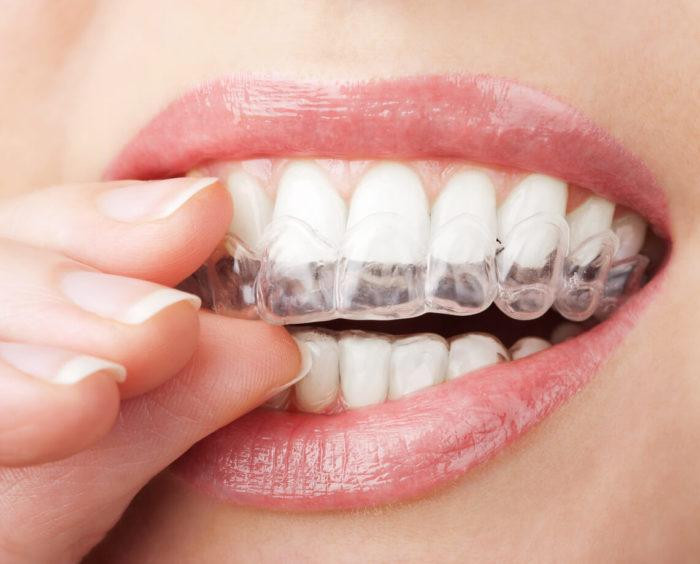Invisalign offers a very beneficial and efficient treatment option in case of easy malocclusions. Besides treating your dental problems, this appliance provides many other benefits, including ease of use, superior oral hygiene, the comfort of wear, and excellent esthetic. However, it does have its limitations.
Process of Invisalign Treatment
Whether you receive a conventional fixed orthodontic appliance or Invisalign treatment, the diagnostic preparation remains the same. Such a preparation phase involves:
- An initial assessment of the malocclusion.
- Diagnosing the particular condition.
- Planning the treatment needed.
- Completing pre-treatment records, which include bite registration, panoramic and lateral cephalometric radiographs, polyvinyl siloxane impressions, and photos.
A clear variation occurs during treatment, whereby clinicians have a limited role to play during treatment with Invisalign, unlike treatment with fixed orthodontic appliances. For the transparent plastic braces, pretreatment records are incorporated in a simulated virtual treatment that is formulated using 3D CAD-CAM technology. Thereafter, clinicians assess the virtual treatment set-up to evaluate the suitability of the proposed final positioning of your teeth.
A clinician can only have modifications applied to the virtual treatment set-up before the aligners are made. Therefore, several auxiliary appliances would be needed for a more precise treatment plan, in case the aligner isn't sufficient. However, further adjustment and fabrication of completely new sets of aligners may be applied to achieve this precise treatment plan.
Which Conditions Can Be Treated?
A 2003 report published in the Journal of Orthodontic Research provides useful insights on the successes of Invisalign appliances in treating various dental problems. Such dental problems include:
- Mild relapses following fixed-appliance therapy.
- Mildly malaligned malocclusions that typically feature crowding or spacing ranging from 1mm to 5 mm.
- Non-skeletally constricted arches can be expanded through limited tipping of your teeth.
- Deep overbite problems, such as Class II division 2 malocclusions. The applicable cases involve overbite that may be reduced either by the advancement of incisors or intrusion.
What Cannot Be Treated?
Best Dentist In Houston states that just like every other form of treatment, aligners also have certain limitations. Various conditions may be difficult to treat using the appliance or may even be contra-indicated. These include the following cases:
- Arches that have multiple missing teeth.
- Skeletal anterior-posterior discrepancies that exceed 2 mm.
- Excessive instances of crowning and spacing more than 5 mm.
- Centric-occlusion and centric-relation discrepancies.
- Anterior and posterior open bites need to be closed.
- Severely rotated teeth exceeding 20 degrees.
- Extrusion of teeth.
- Teeth exhibiting short clinical crowns.
- Teeth that are severely tipped (exceeding 45 degrees).
Besides the intrinsic capacity and limitation of aligners, patients' motivation plays a key role in successful treatment. This is because such appliances are removable, unlike conventional braces that are firmly fixed in place. You should also be quite keen on the proper placement of your invisible braces since their transparency makes them easy to misplace.
Hence, while searching for the best Invisalign Dentist Near Me you will find us on the top of your priority list. So don’t delay your dentist’s consultation and book your appointment with us. For the effective and efficient treatment of your teeth. Further, to know more about Dentist In Houston Tx visit the official website for more information.

